Home>Gardening & Outdoor>Landscaping Ideas>Why Does Crab Grass Grow
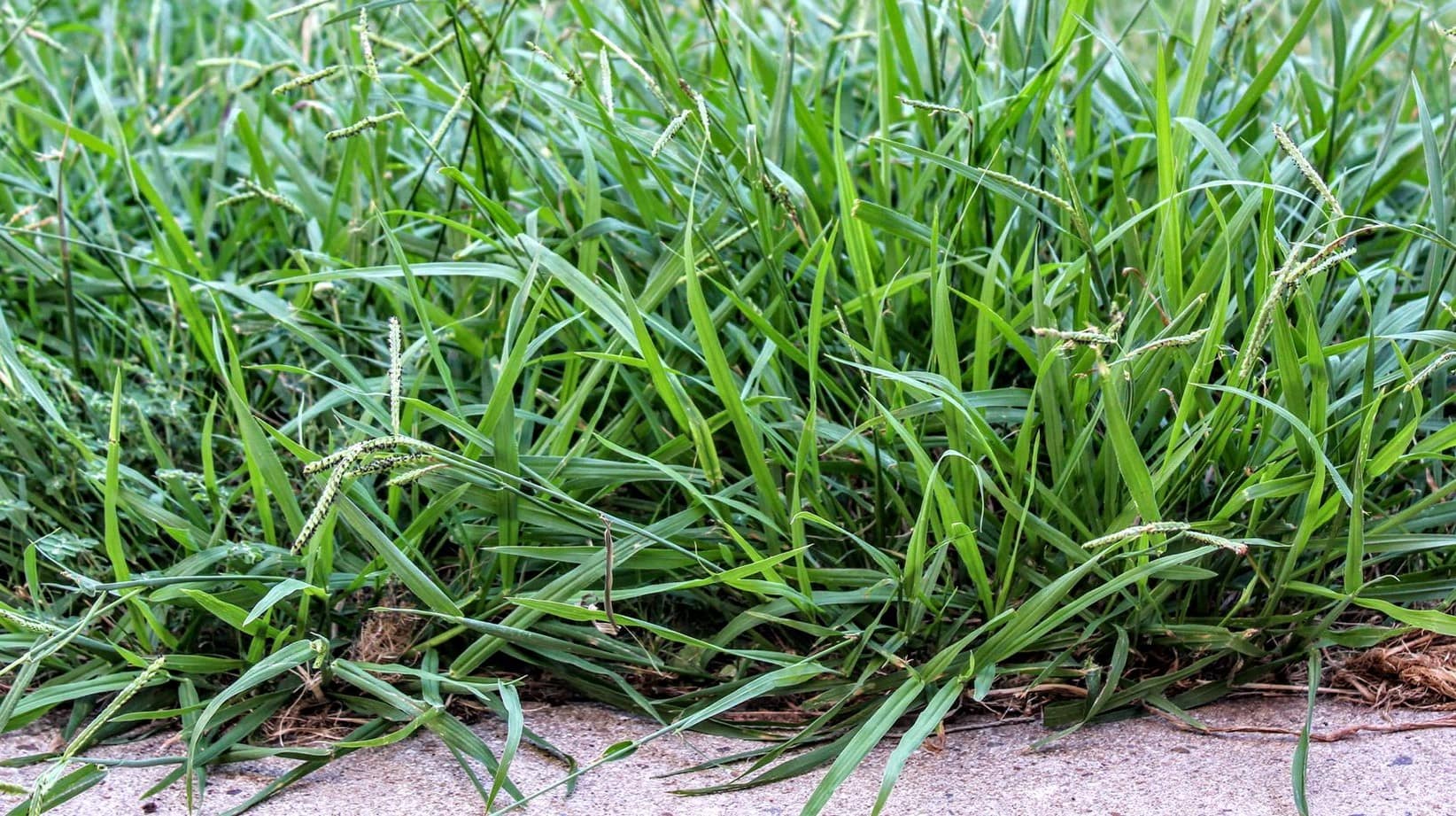

Landscaping Ideas
Why Does Crab Grass Grow
Modified: February 18, 2024
Learn effective landscaping ideas to prevent crab grass from growing in your lawn. Discover the best techniques and products to maintain a lush, weed-free yard.
(Many of the links in this article redirect to a specific reviewed product. Your purchase of these products through affiliate links helps to generate commission for Storables.com, at no extra cost. Learn more)
**
Introduction
**
Crabgrass is the bane of many homeowners' existence. Its rapid growth and invasive nature can quickly turn a lush, green lawn into a patchy, unsightly mess. Understanding why crabgrass grows and how to prevent it can help homeowners maintain a healthy and vibrant lawn.
In this article, we'll explore the factors that contribute to the growth of crabgrass, including the ideal conditions for its proliferation and the role of soil in supporting its development. Additionally, we'll discuss effective strategies for controlling and preventing crabgrass infestations, empowering readers to reclaim their lawns and enjoy a weed-free outdoor space.
Join us as we delve into the world of crabgrass, uncovering the secrets of its growth and discovering the best methods for keeping it at bay. Whether you're a seasoned gardener or a novice lawn enthusiast, this article will equip you with the knowledge and tools to combat crabgrass and maintain a thriving, verdant lawn.
**
Key Takeaways:
- Crabgrass thrives in warm, sunny areas with compacted soil. Prevent it by promoting healthy turfgrass, using pre-emergent herbicides, and maintaining proper lawn care.
- Understanding crabgrass growth and soil conditions is crucial for effective control. Implement targeted strategies like aeration, balanced fertilization, and post-emergent herbicides for a weed-free lawn.
Read more: Why Does Grass Grow Mushrooms
What is Crab Grass?
**
Crabgrass, scientifically known as Digitaria, is a common annual weed that plagues lawns, gardens, and agricultural fields. It thrives in warm-season climates and is notorious for its ability to rapidly spread and overtake desirable turfgrasses. Identifying crabgrass is crucial for effective management, as early detection can prevent its proliferation and minimize its impact on the overall health and aesthetics of a lawn.
Characterized by its low-growing, sprawling nature and distinctive seed heads, crabgrass can quickly establish itself in bare or thin areas of the lawn, competing with desirable grass species for essential resources such as sunlight, water, and nutrients. Its aggressive growth habit and prolific seed production make it a formidable opponent for homeowners and landscapers seeking to maintain a pristine lawn.
Crabgrass typically germinates in the spring when soil temperatures reach approximately 55 to 60 degrees Fahrenheit (13 to 16 degrees Celsius), and it thrives in areas with ample sunlight and minimal competition from established turfgrasses. Once established, crabgrass can rapidly spread and produce copious amounts of seeds, ensuring its presence in subsequent growing seasons.
Understanding the life cycle and growth habits of crabgrass is essential for effective management. By recognizing the characteristics and preferences of this resilient weed, homeowners and gardeners can implement targeted strategies to prevent its establishment and minimize its impact on the overall health and appearance of their lawns.
**
Ideal Conditions for Crab Grass Growth
**
Crabgrass thrives in specific environmental conditions, making it essential for homeowners to understand the factors that contribute to its growth and proliferation. By recognizing and addressing these ideal conditions, individuals can implement proactive measures to prevent crabgrass infestations and maintain a healthy lawn.
One of the primary factors conducive to crabgrass growth is warm weather. As a warm-season annual weed, crabgrass flourishes in regions with prolonged periods of heat and sunlight. Soil temperatures ranging from 55 to 60 degrees Fahrenheit (13 to 16 degrees Celsius) provide an optimal environment for crabgrass germination, signaling the onset of its growth cycle.
In addition to warm temperatures, crabgrass thrives in areas with ample sunlight. Shaded or partially shaded lawns are less conducive to crabgrass growth, as this resilient weed requires direct sunlight to germinate and establish itself. Consequently, areas with sparse turf cover, bare soil, or thin grass stands are particularly vulnerable to crabgrass infestations, as they provide the ideal conditions for seed germination and subsequent growth.
Furthermore, compacted soil can create an ideal environment for crabgrass to take root. Compaction restricts the movement of air, water, and nutrients within the soil, impeding the growth of desirable turfgrasses while providing an opportunity for opportunistic weeds like crabgrass to thrive. Addressing soil compaction through aeration and soil improvement practices can help create an inhospitable environment for crabgrass, promoting the growth of healthy turf and minimizing weed encroachment.
Understanding the ideal conditions for crabgrass growth empowers homeowners to implement targeted strategies to mitigate its impact and prevent infestations. By addressing factors such as soil compaction, sunlight exposure, and soil temperature, individuals can create an environment that is less favorable to crabgrass, promoting the growth of a lush, vibrant lawn while minimizing weed intrusion.
**
Tip: Crabgrass thrives in bare or thin areas of the lawn, so to prevent its growth, maintain a healthy, thick lawn by mowing at the proper height, watering deeply but infrequently, and fertilizing appropriately.
The Role of Soil in Crab Grass Growth
**
The soil plays a pivotal role in supporting the growth and proliferation of crabgrass, influencing its germination, establishment, and overall vigor. Understanding the relationship between soil characteristics and crabgrass growth is essential for implementing targeted strategies to prevent infestations and maintain a healthy lawn.
One of the key soil-related factors that contribute to crabgrass growth is soil compaction. Compacted soil restricts the movement of air, water, and nutrients, creating an environment that is less conducive to the growth of desirable turfgrasses while providing an opportunity for opportunistic weeds like crabgrass to thrive. Addressing soil compaction through aeration and soil improvement practices can help create an inhospitable environment for crabgrass, promoting the growth of healthy turf and minimizing weed encroachment.
Moreover, soil fertility and nutrient levels play a significant role in supporting crabgrass growth. Soils with high levels of nitrogen, phosphorus, and potassium can inadvertently promote crabgrass proliferation, as these nutrients can stimulate the rapid growth and development of this resilient weed. Balancing soil fertility through targeted fertilization and soil amendment practices can help create an environment that is more favorable to desirable turfgrasses while limiting the resources available to crabgrass.
Soil moisture levels also influence the germination and establishment of crabgrass. Excessively dry or waterlogged soil conditions can hinder the growth of desirable turfgrasses while providing an opportunity for crabgrass to take hold. Maintaining optimal soil moisture through proper irrigation practices and soil drainage management can help create an environment that promotes the growth of healthy turf while inhibiting crabgrass infestations.
By recognizing the crucial role of soil in supporting crabgrass growth, homeowners can implement targeted soil management practices to create an environment that is less conducive to weed proliferation. Addressing soil compaction, fertility levels, and moisture content empowers individuals to promote the growth of a lush, vibrant lawn while minimizing the impact of invasive weeds like crabgrass.
**
How to Control Crab Grass
**
Controlling crabgrass requires a multifaceted approach that encompasses proactive prevention, cultural practices, and targeted management strategies. By implementing a comprehensive plan to combat crabgrass, homeowners can effectively minimize its impact and maintain a healthy, vibrant lawn.
One of the primary strategies for controlling crabgrass is to promote the overall health and density of the turfgrass. A lush, thick lawn can outcompete crabgrass and prevent its establishment, making cultural practices such as proper mowing, irrigation, and fertilization essential components of weed management. Maintaining a consistent mowing height, watering deeply and infrequently, and applying balanced fertilizers can create an environment that is less favorable to crabgrass, promoting the growth of healthy turf while inhibiting weed encroachment.
Preventive measures, such as the use of pre-emergent herbicides, can effectively inhibit crabgrass germination and establishment. Applying pre-emergent herbicides in early spring, before soil temperatures reach the threshold for crabgrass germination, can create a barrier that prevents weed seeds from sprouting. This proactive approach can significantly reduce the presence of crabgrass in lawns, providing long-term control and minimizing the need for post-emergent weed management.
Post-emergent herbicides can be utilized to target existing crabgrass infestations, providing effective control and minimizing the spread of this invasive weed. Selective herbicides designed to specifically target crabgrass while preserving desirable turfgrasses can be applied to actively growing weeds, effectively suppressing their growth and preventing seed production. When used in conjunction with cultural practices and preventive measures, post-emergent herbicides can contribute to comprehensive crabgrass management.
Regular lawn maintenance, including overseeding and aeration, can further enhance the competitiveness of desirable turfgrasses while minimizing the opportunities for crabgrass to establish and proliferate. By fostering a healthy, resilient lawn through proactive cultural practices and targeted herbicide applications, homeowners can effectively control crabgrass and enjoy a weed-free outdoor space.
By integrating preventive measures, cultural practices, and targeted herbicide applications, homeowners can implement a comprehensive approach to crabgrass control, fostering a healthy, vibrant lawn while minimizing the impact of invasive weeds.
**
Read more: Why Does Sand Help Grass Grow
Conclusion
**
Crabgrass, with its rapid growth and invasive nature, poses a persistent challenge for homeowners striving to maintain a lush, healthy lawn. By understanding the ideal conditions for crabgrass growth and the pivotal role of soil in supporting its proliferation, individuals can implement targeted strategies to prevent infestations and minimize its impact on their outdoor spaces.
Recognizing the importance of proactive prevention, cultural practices, and targeted management strategies is essential for effective crabgrass control. Promoting the overall health and density of turfgrass, utilizing pre-emergent and post-emergent herbicides, and implementing regular lawn maintenance can collectively contribute to comprehensive weed management, fostering a vibrant lawn while minimizing the presence of invasive weeds like crabgrass.
As homeowners strive to reclaim their lawns and create a verdant outdoor oasis, the knowledge and tools shared in this article empower them to combat crabgrass and maintain a weed-free environment. By fostering a deeper understanding of crabgrass growth and implementing proactive measures to address its ideal conditions, individuals can enjoy the beauty and tranquility of a healthy, thriving lawn.
Armed with the insights and strategies outlined in this article, homeowners can embark on a journey to conquer crabgrass and cultivate a landscape that is a testament to their dedication and passion for outdoor beauty. With a commitment to proactive lawn care and targeted weed management, individuals can transform their outdoor spaces into havens of natural splendor, free from the encroachment of invasive weeds like crabgrass.
As we bid farewell to the persistent challenge of crabgrass, let us embrace the promise of a vibrant, resilient lawn, nurtured through knowledge, dedication, and a profound appreciation for the transformative power of a well-tended outdoor oasis.
Frequently Asked Questions about Why Does Crab Grass Grow
Was this page helpful?
At Storables.com, we guarantee accurate and reliable information. Our content, validated by Expert Board Contributors, is crafted following stringent Editorial Policies. We're committed to providing you with well-researched, expert-backed insights for all your informational needs.
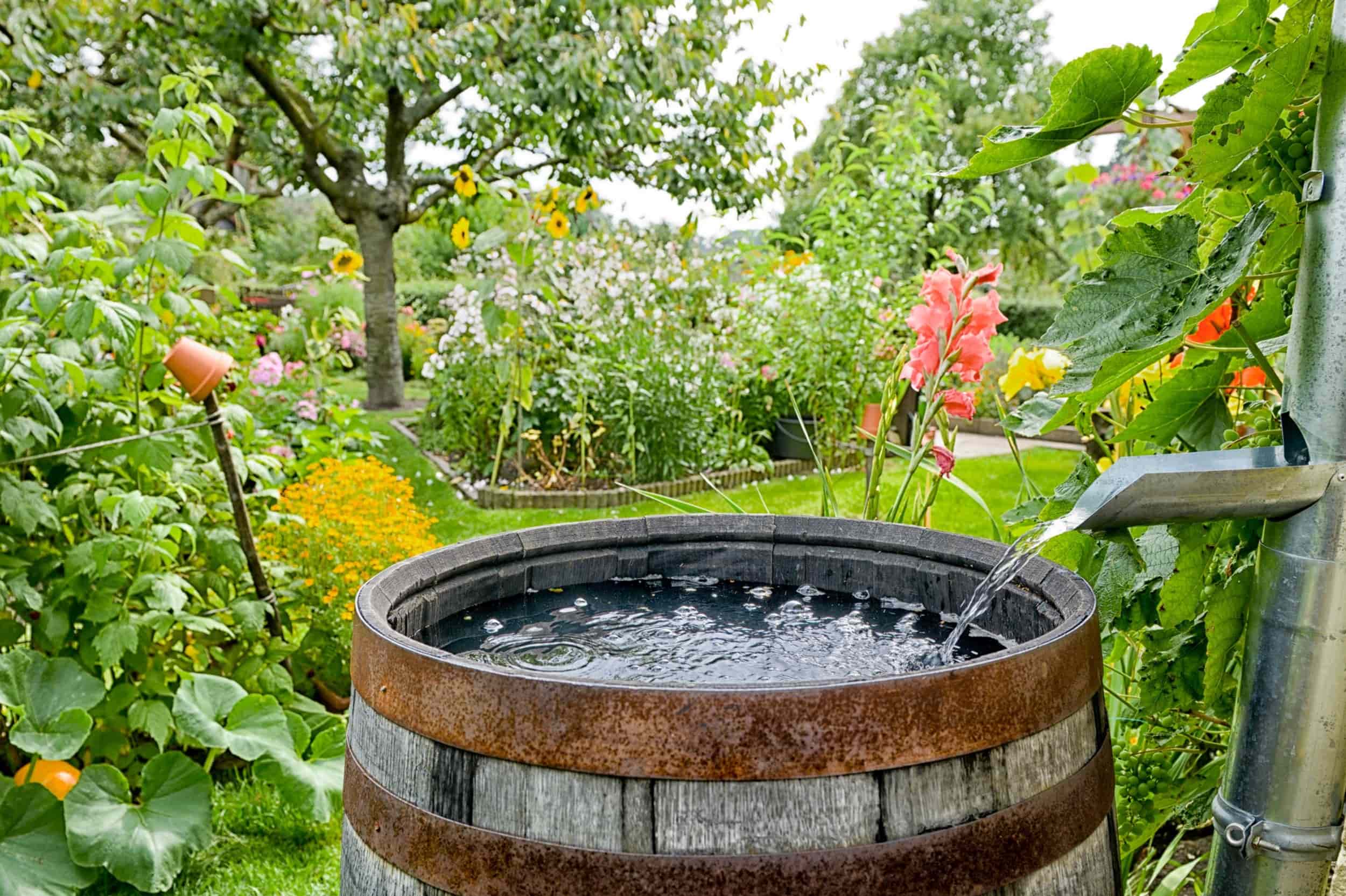
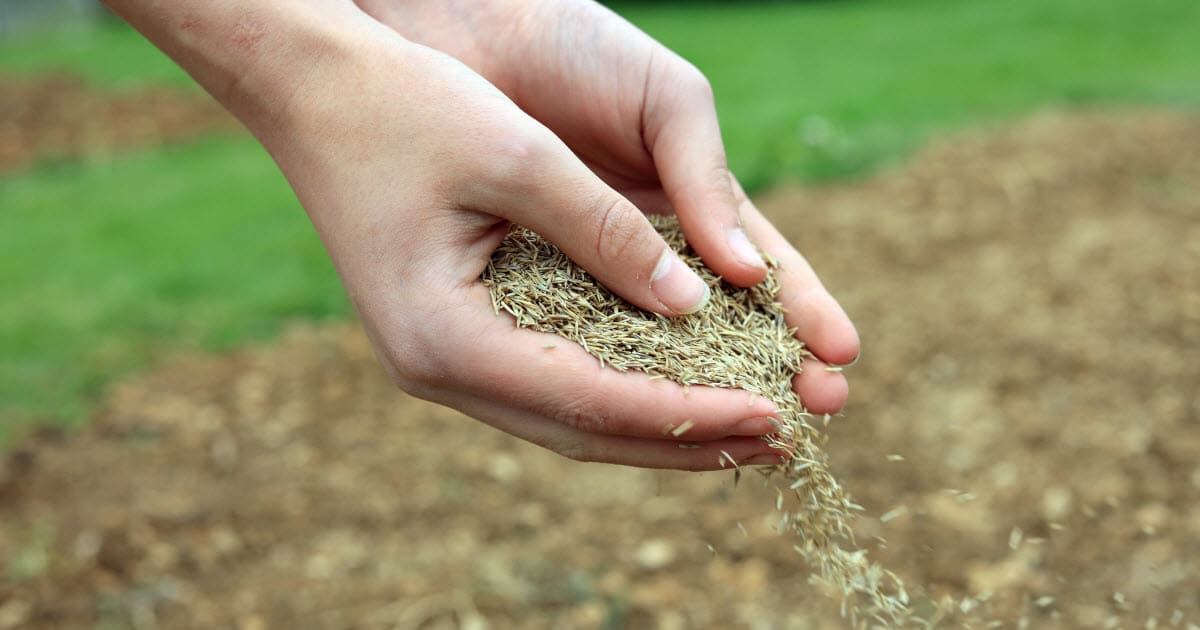
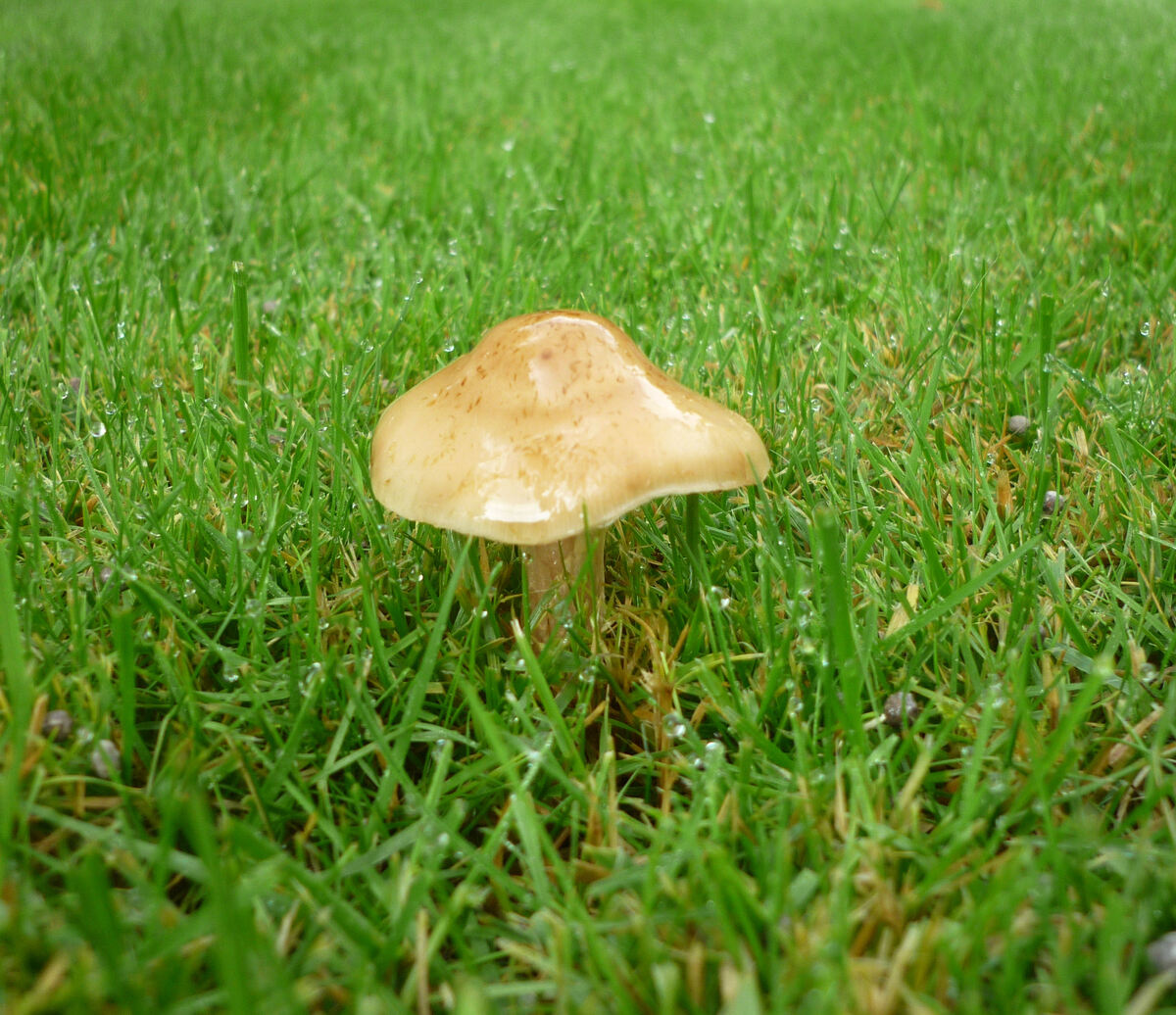
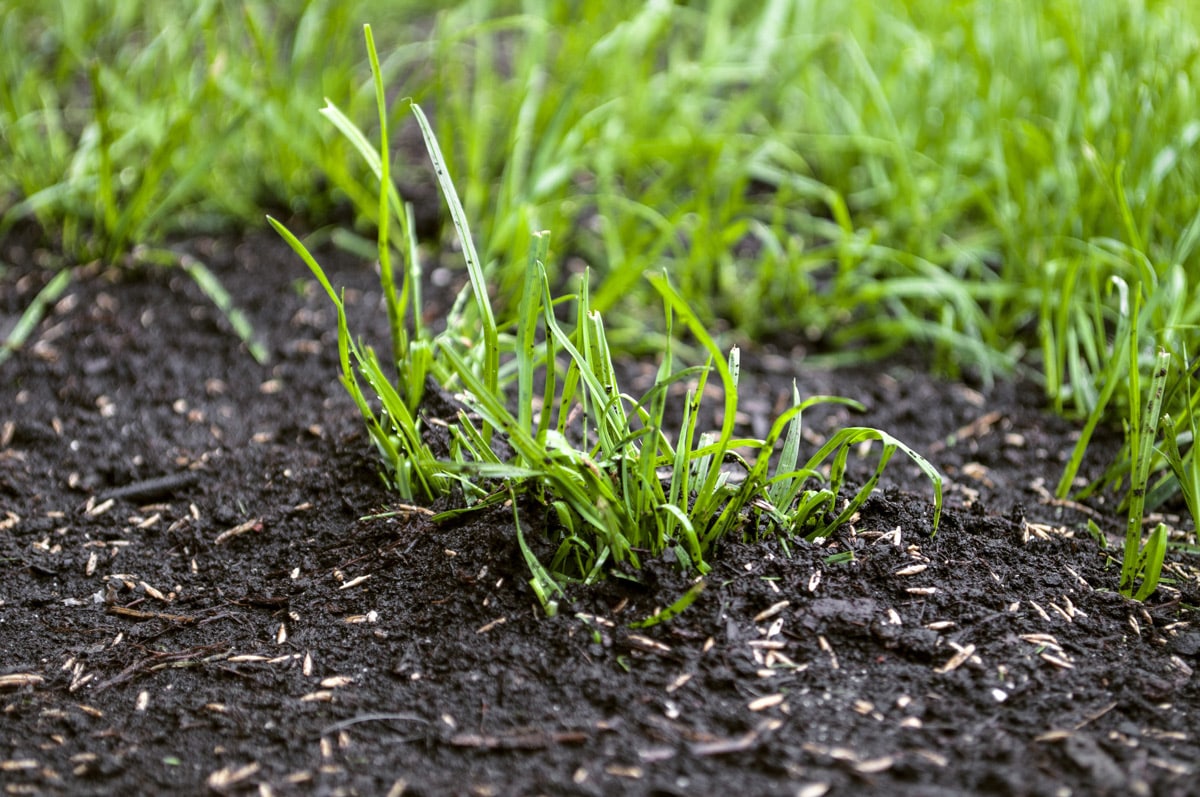
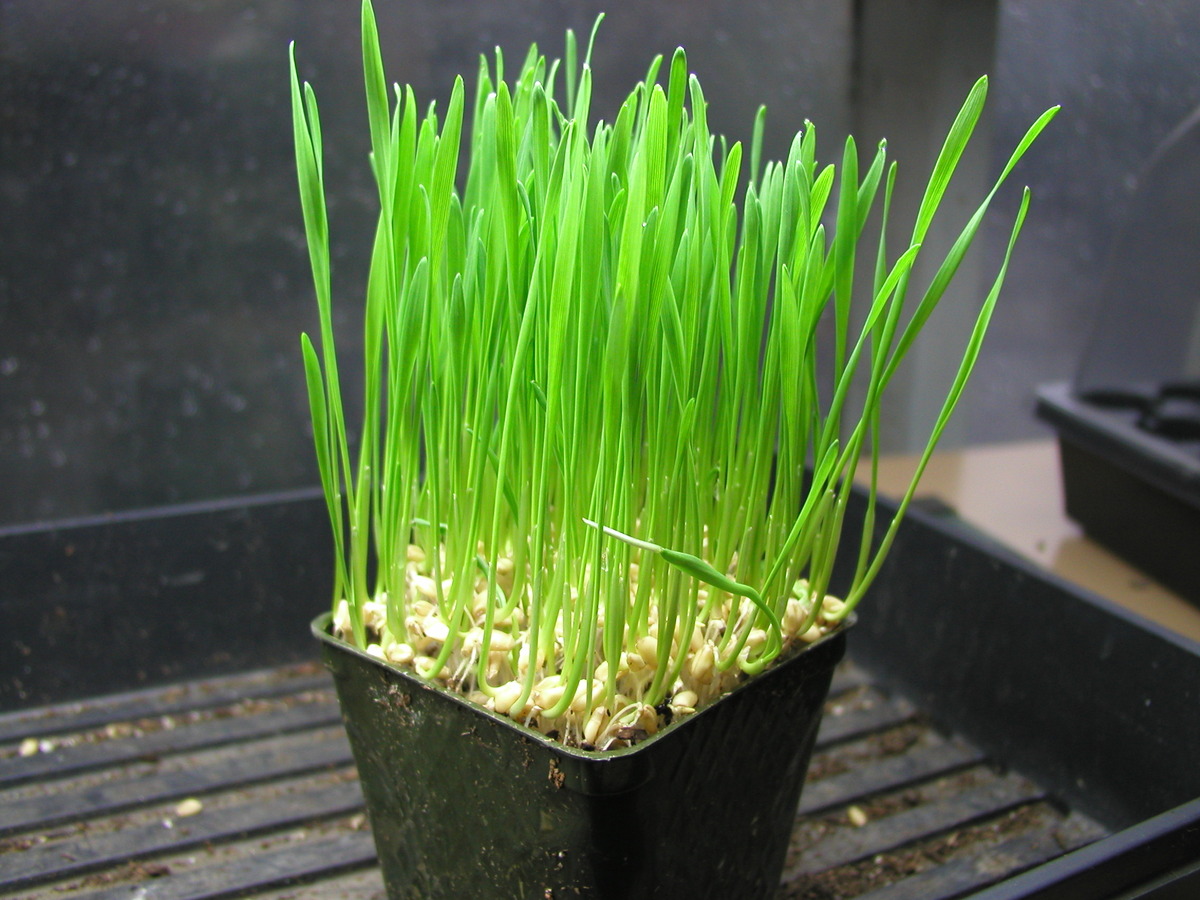
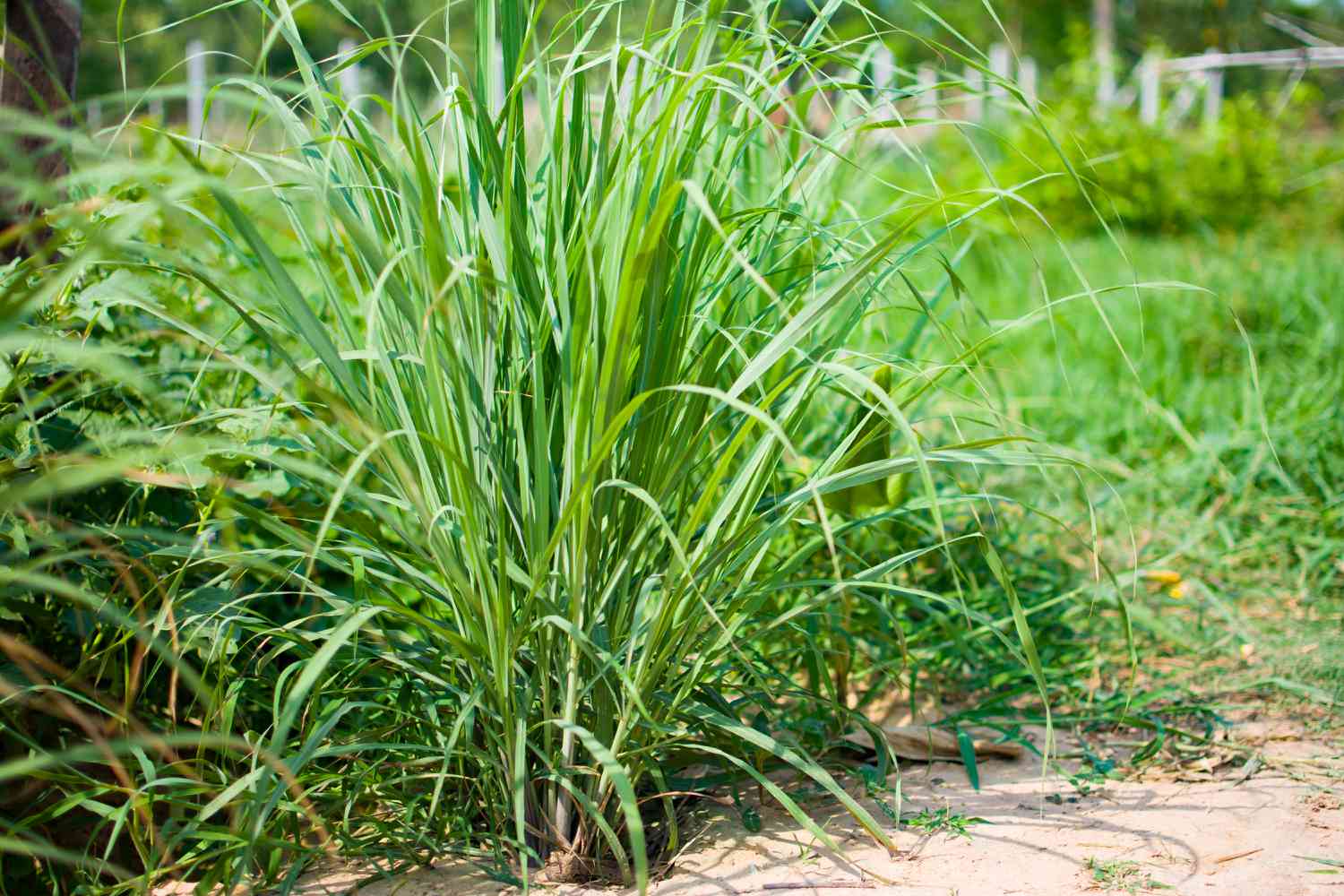
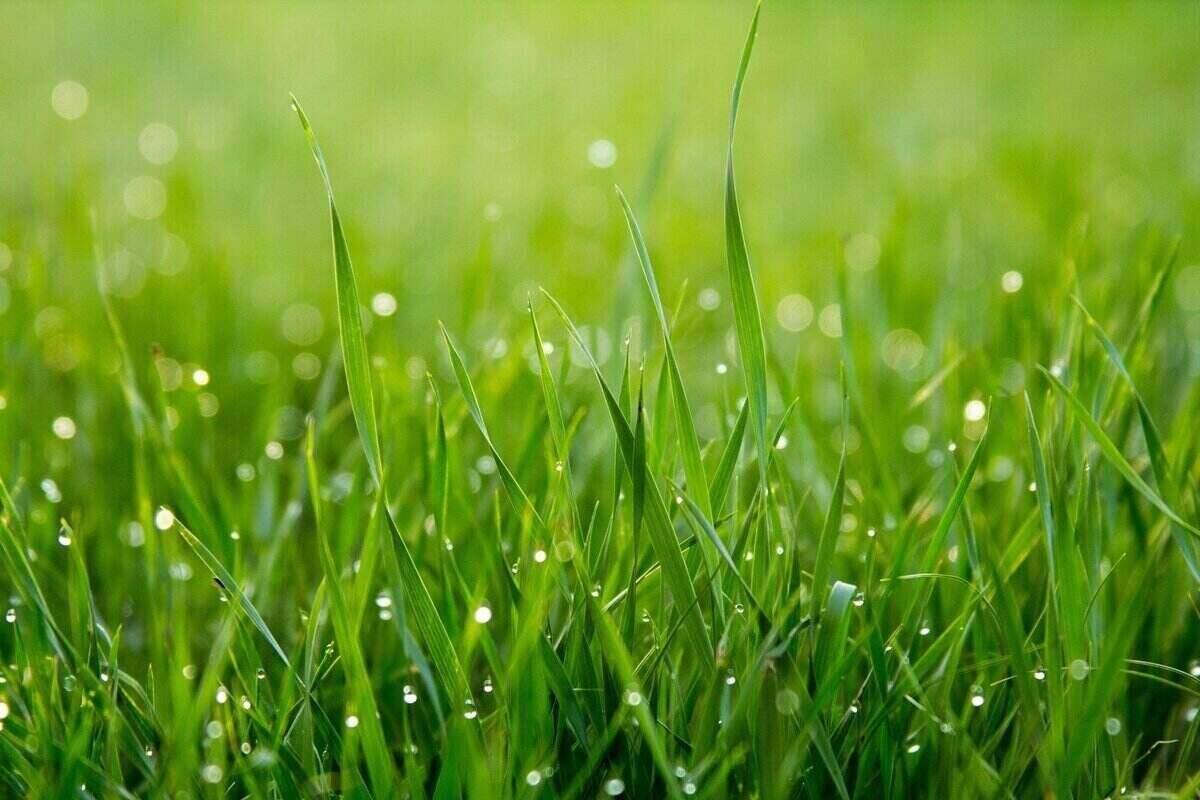
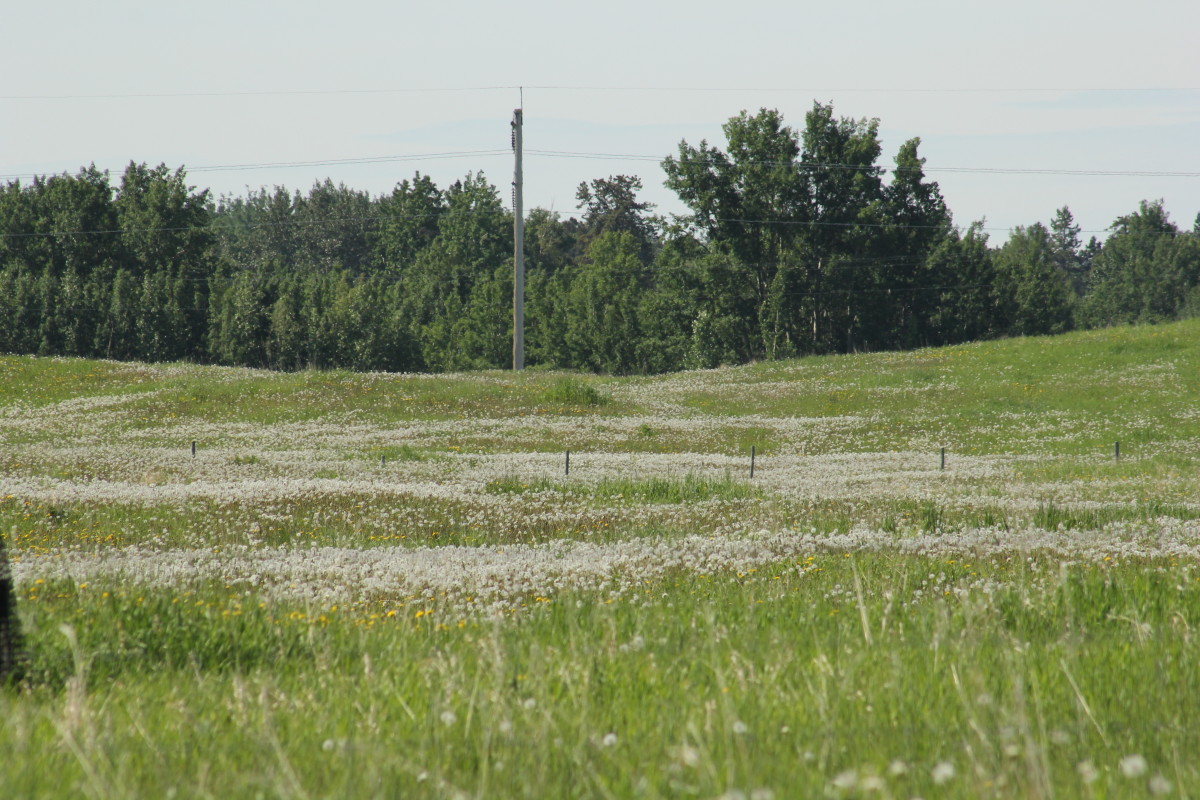
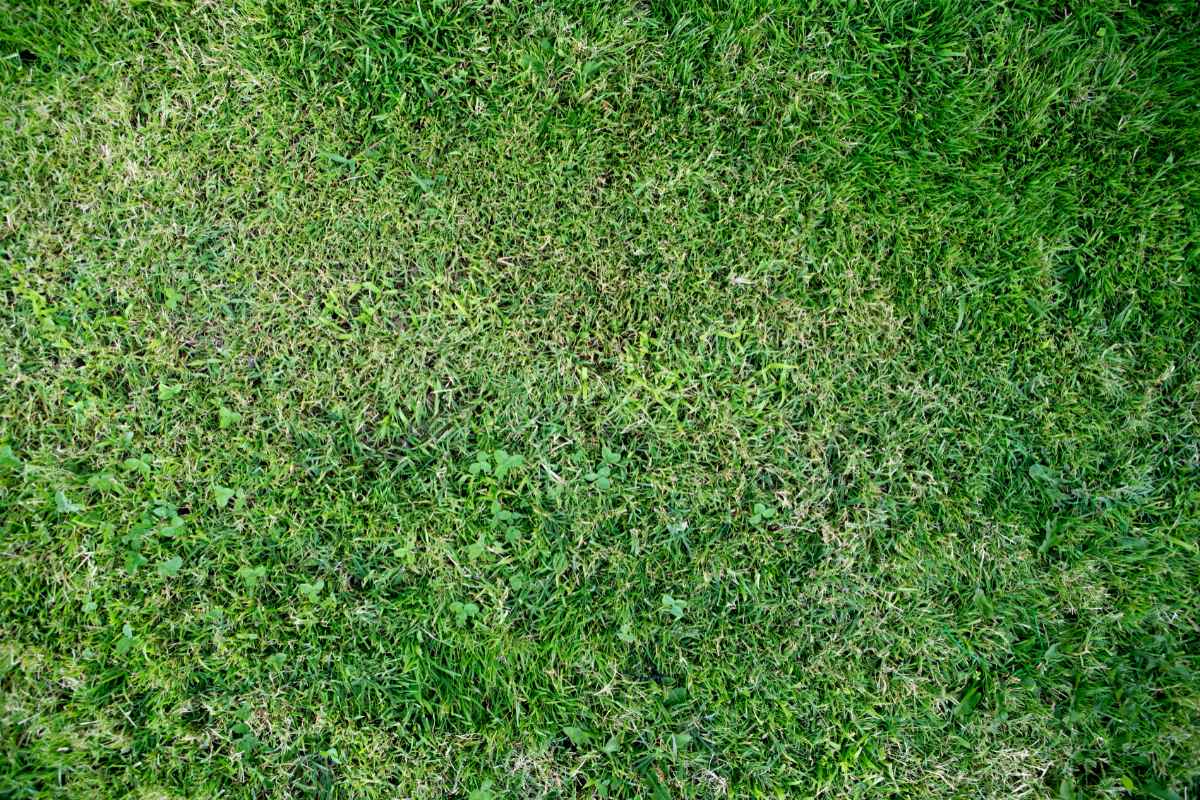
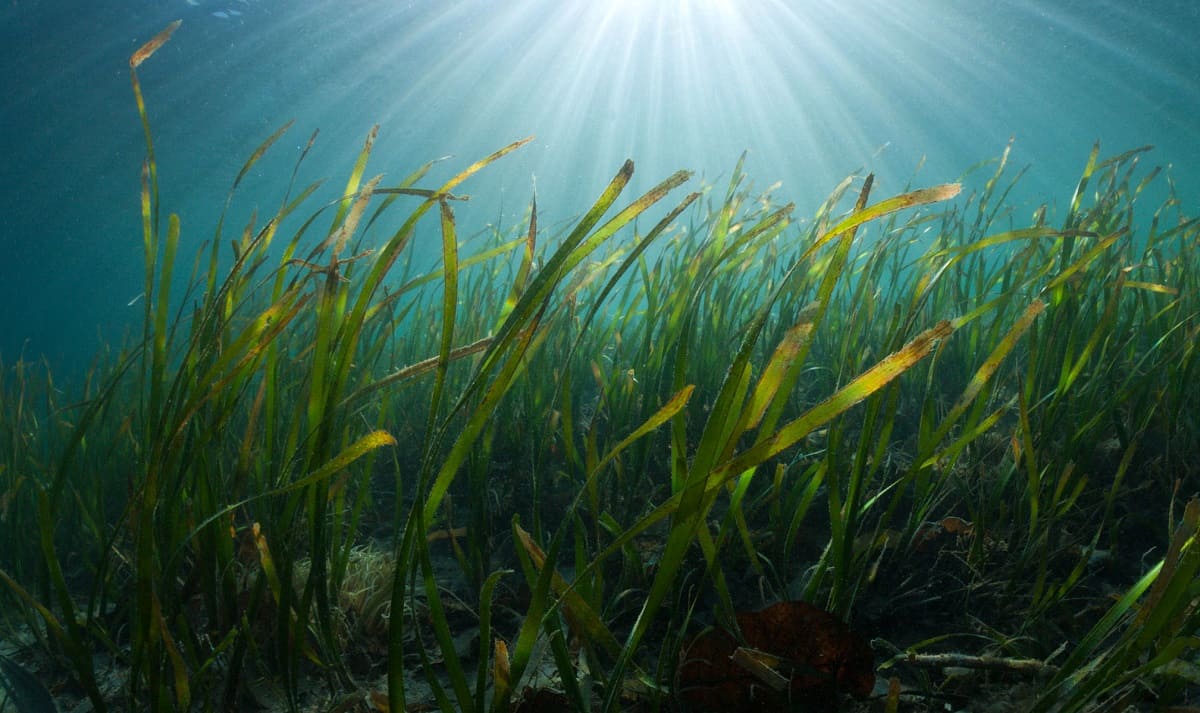
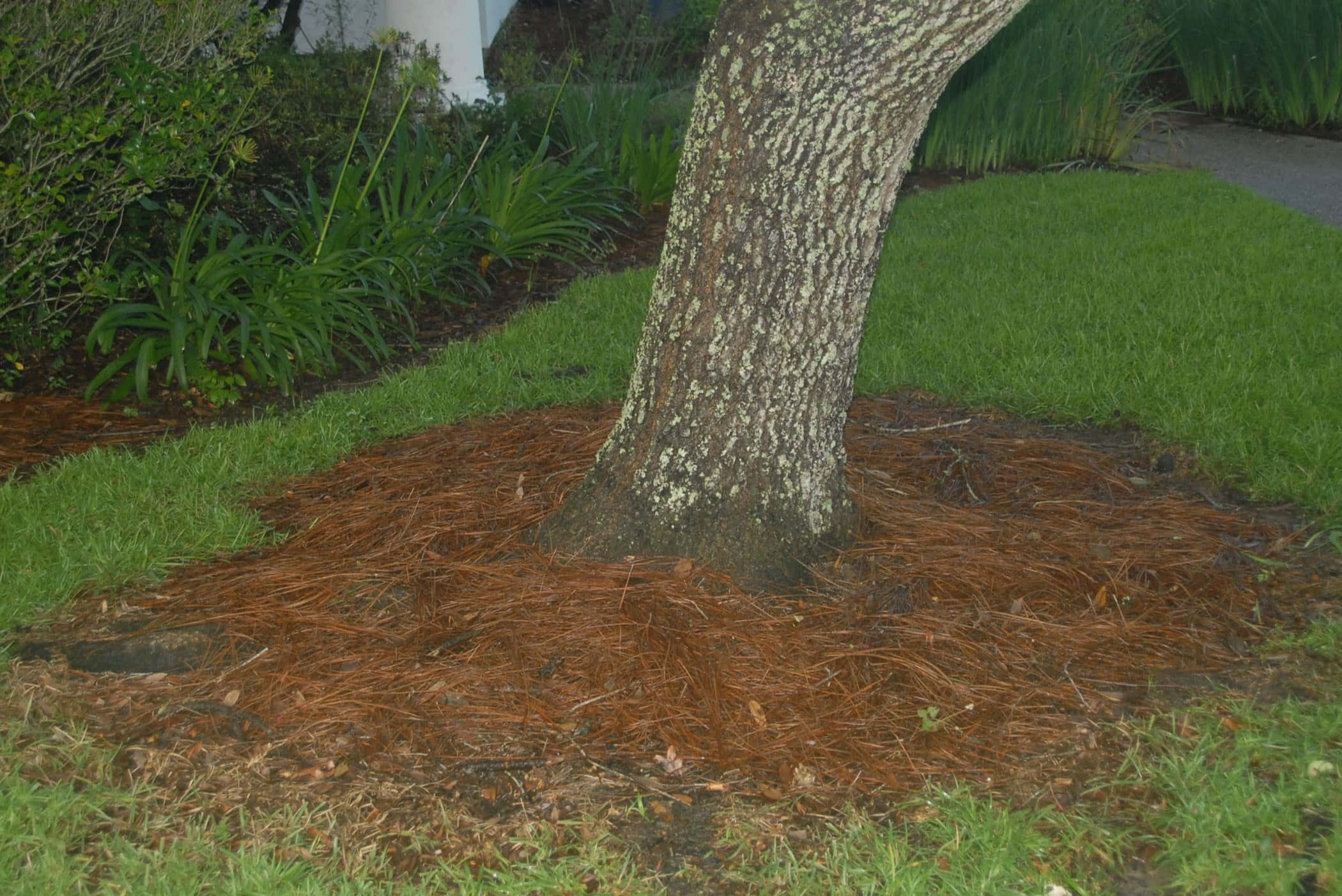

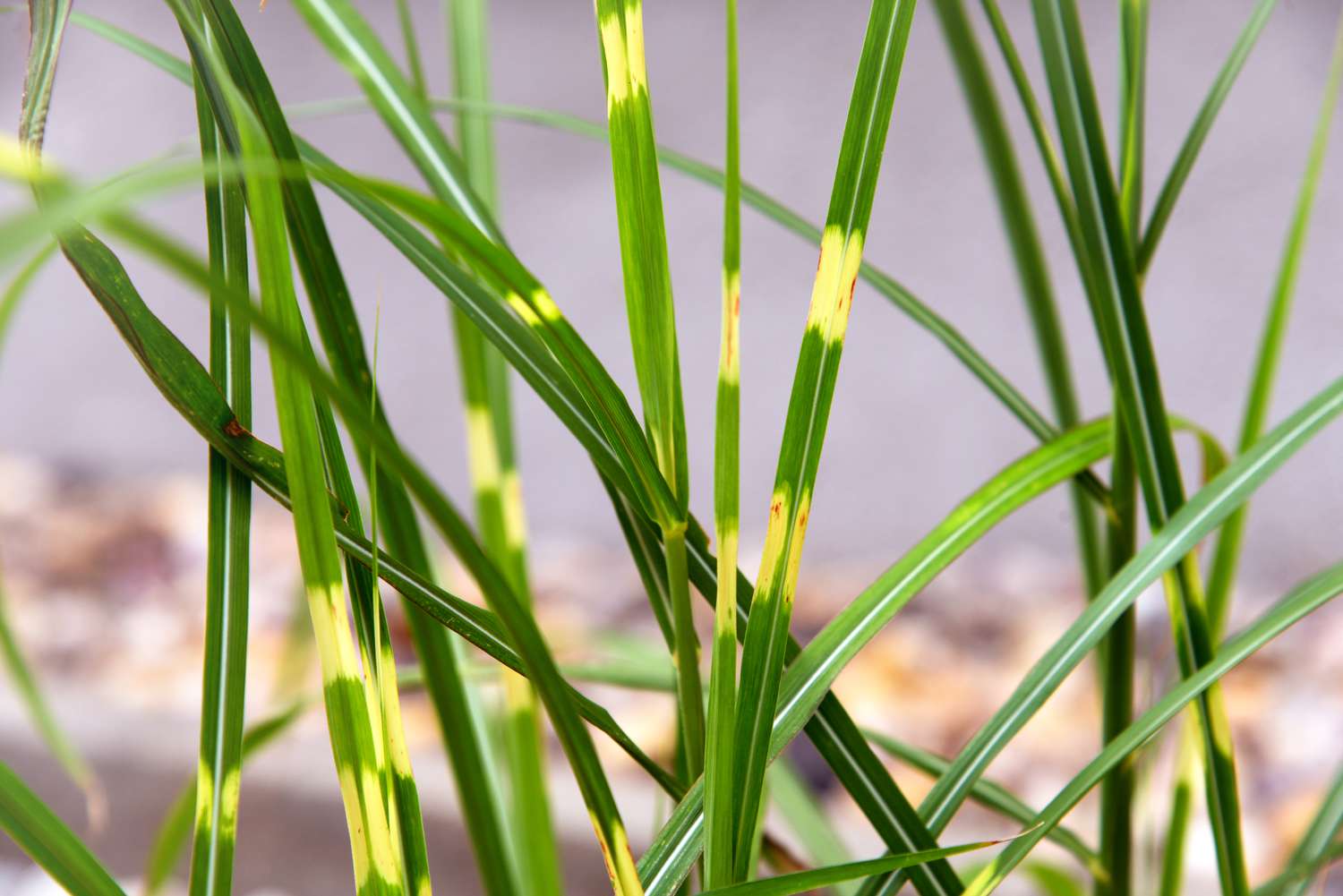
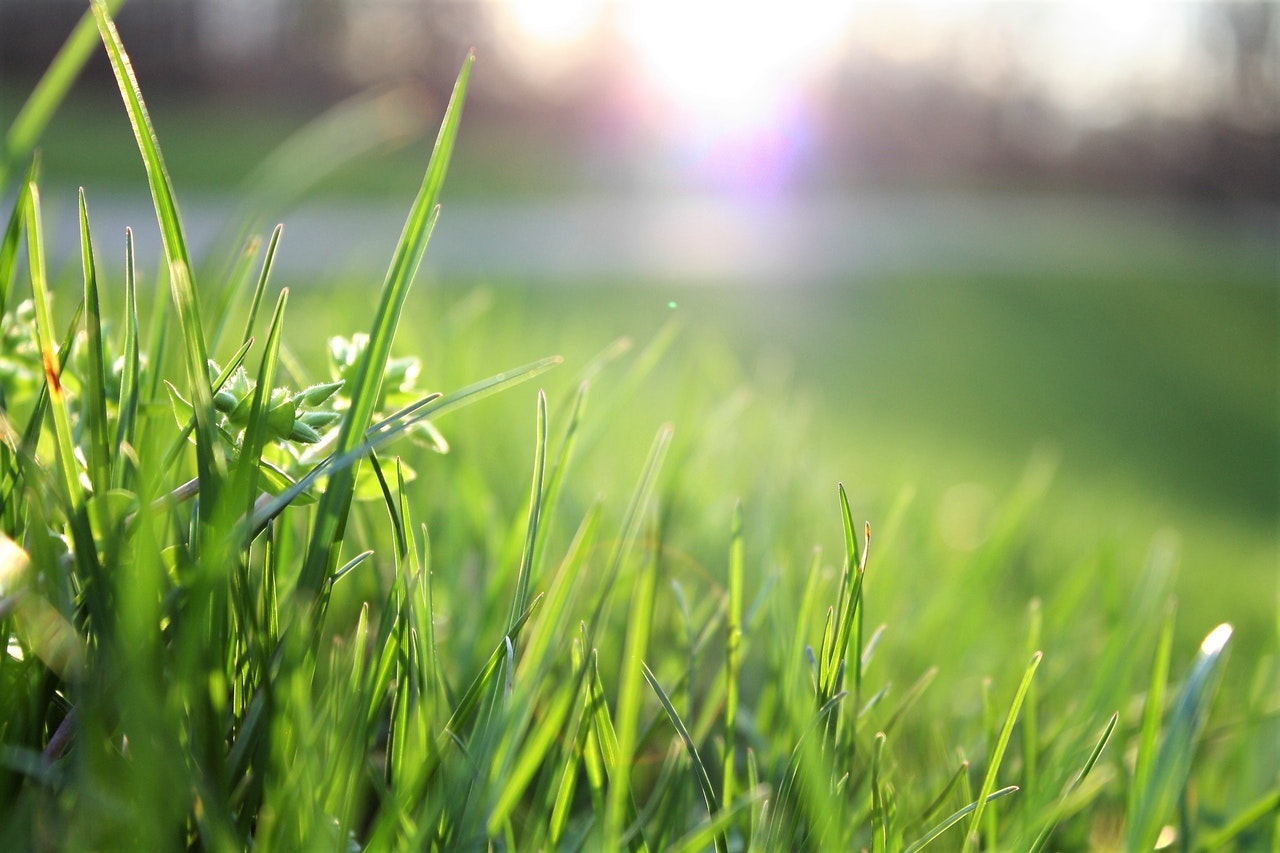

0 thoughts on “Why Does Crab Grass Grow”